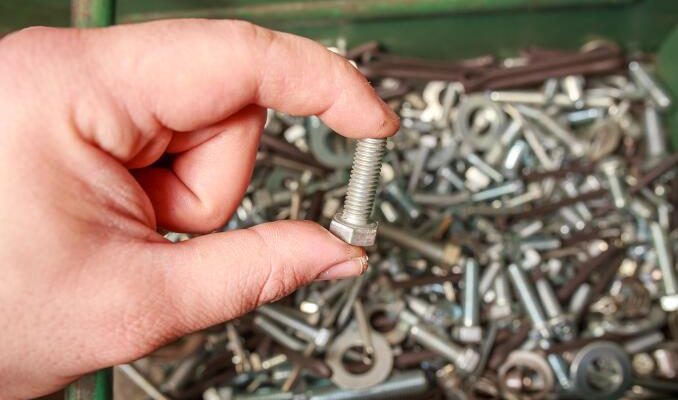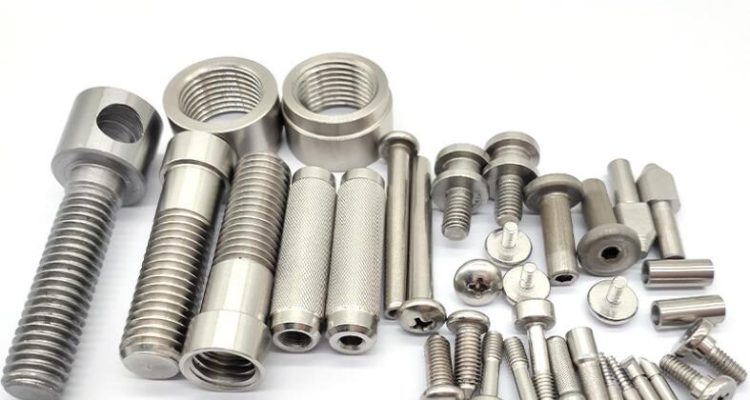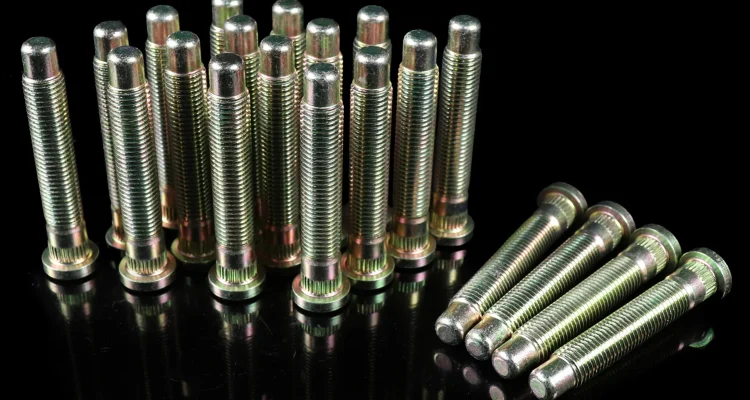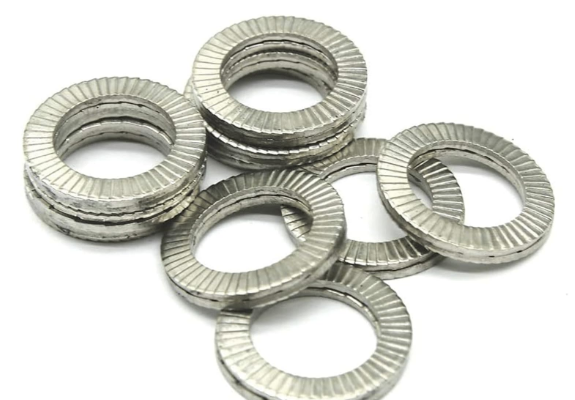
How do you check the quality of a fastener?
Methods to check fastener quality include using a tensile testing machine to measure tensile strength (e.g., carbon steel 400-800 MPa), observing thread defects with a microscope, and using thread gauges to inspect pitch and diameter.
Material Analysis
The fastener material is mainly carbon steel, stainless steel, alloy structural steels of various grades, aluminum alloys, and titanium alloys.
The chemical composition analysis of materials is conducted through spectroscopy, which can accurately determine the chemical composition of the material. For example, the carbon content of carbon steel fasteners is typically between 0.1% and 1.2%, while stainless steel fasteners contain at least 10.5% chromium.
Material property testing using mechanical properties is used to determine how useful the material would be. Tensile strength, yield point, and elongation are some common mechanical properties. The tensile strength of fasteners with carbon steel is generally 400 MPa to 800 MPa, while it can reach up to 500-1200 MPa in the case of stainless steel.
The most widely used hardness testing methods are Rockwell hardness, Brinell Hardness, and Vickers test. Stainless steel fasteners Rockwell hardness is generally between 20 HRC to 40 HRC, while the carbon steel fasteners range from about more than 10 HRC to 50 HRC.
Examples of the micro-structural analyses that can be achieved with a metallographic microscope include grain size, phase distribution, and inclusions. For instance, any excess carbide or inclusion in alloy steel can affect its toughness and fatigue life.
Testing the materials corrosion resistance is important for fasteners intended to be used in particular environments. One obvious example is that the salt spray corrosion resistance of stainless steel fasteners used in marine environments needs to be good.
Some of the physical material properties, like density (mass over volume), thermal conductivity, and electrical conductivity need to be conducted. For instance, aluminum alloy fastener, as a result of its low density and high thermal conductivity, is extensively found in the aviation field.

Mechanical Performance Testing
The mechanical properties of fasteners include tensile strength, yield strength, elongation, impact toughness, and hardness.
Tensile Testing is In tensile strength testing, a force is applied to the fastener using an external load screw attached on each side of the threaded joint until it fails at its base. Depending on grade, carbon steel fasteners can range from 400 MPa to over 800 MPa while stainless steel ranges between 500 MPa to over 1000 MPa.
When we talk about the yield strength test, it means that during a tensile test (tensile testing), we find such critical stress as for know this material changes from elastic deformation to plastic deformation. The yield strength of common carbon steel fasteners usually ranged from 250 MPa to 600 MPa, and that in stainless-steel fasteners is typically between 200 MPa and up to 900 MPa.
Elongation testing involves recording the deformation of the fastener until it fractures and calculating the elongation percentage. Elongation is usually expressed as a percentage; for instance, an alloy steel fastener may have an elongation rate of over 20%, meaning it can elongate by 20% before fracturing.
The energy that is absorbed by the fastener during an instantaneous impact tenor test on an instrument called IMPACT TESTING MACHINE. The carbon steel fasteners generally based on the impact toughness within 20 ~ 40J, and stainless steel fasteners use low temperature environment required by design-based medium-impact mechanical properties index is in a range of about fifty to one hundred joules.
Hardness testing methods commonly used include Rockwell hardness, Brinell hardness, and Vickers Hardness. The Rockwell hardness ranges between 20 HRC to 40 HRC for stainless steel fasteners, and the carbon steel threaded screws range from 10 HRC to 50 HRC.
Thread Inspection
Common thread inspection methods include thread gauges inspection, microscopic observation, and coordinate measuring.
The most important dimensions of the outer diameter , bore or inner diameter, and pitch can be quickly checked with thread ring gauges and thread plug gages in a thread gauge inspection. As an example, with a M10×1.5 external thread, the specific inner diameter of the ring gauge can range exclusively between 10.000 mm and 10.026 mm; anything else will reveal non-conformity.
This observation is done with the help of a high-power microscope, which allows us to see surface roughness, cracks, or burrs if present on the thread. For example, when a batch of fasteners is checked at the factory level, it has cracks and burrs on its thread surface, which shows that it falls short of quality standards.
This type of measuring is used to measure all the joints comprehensively, such as pitch distribution angle and closing means using a coordinate machine for thread. E.g., M12×1.75 mm thread pitch, an oddball mid-diameter at 10.863 mm and a standard thread angle of 60°.
The desired measurement parameters of the thread profile are obtained by transferring the scanning probes of a profilometer down along groove . Profile measurements, therefore, relate to actual shape and contour delineated at either or both sides 44A-B; i.e., for those composite contours such as may also well be presented in FIGS. In this case, the profile measurement results from a single thread showed 0.5° deviation in thread angles and mid-diameter deviations of just 0.01 mm.
Measures parameters such as Ra and Rz on the surface of threads with a derusting degree, using a surface roughness tester for measuring surface undulation. As for examples, the Ra value of high-strength bolts’ thread surface cannot exceed 1.6 μm.



